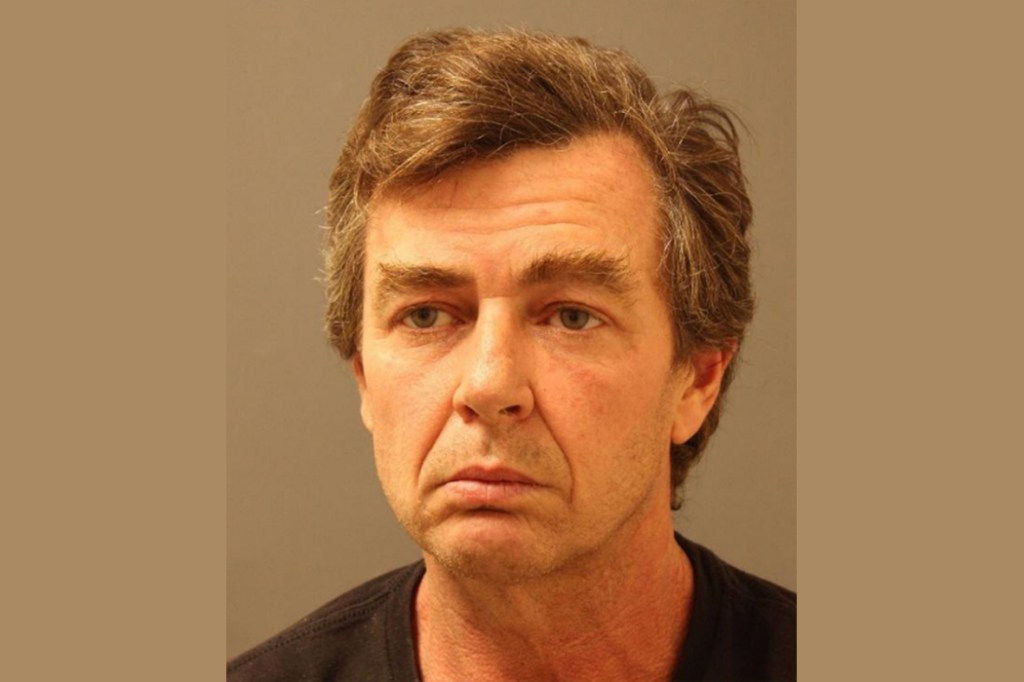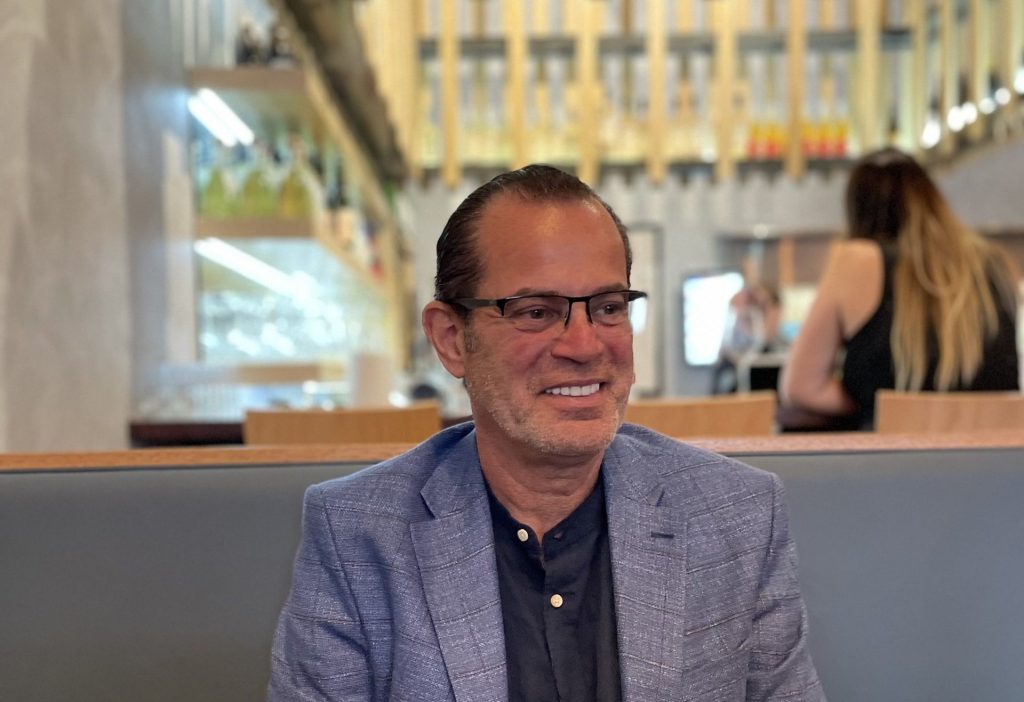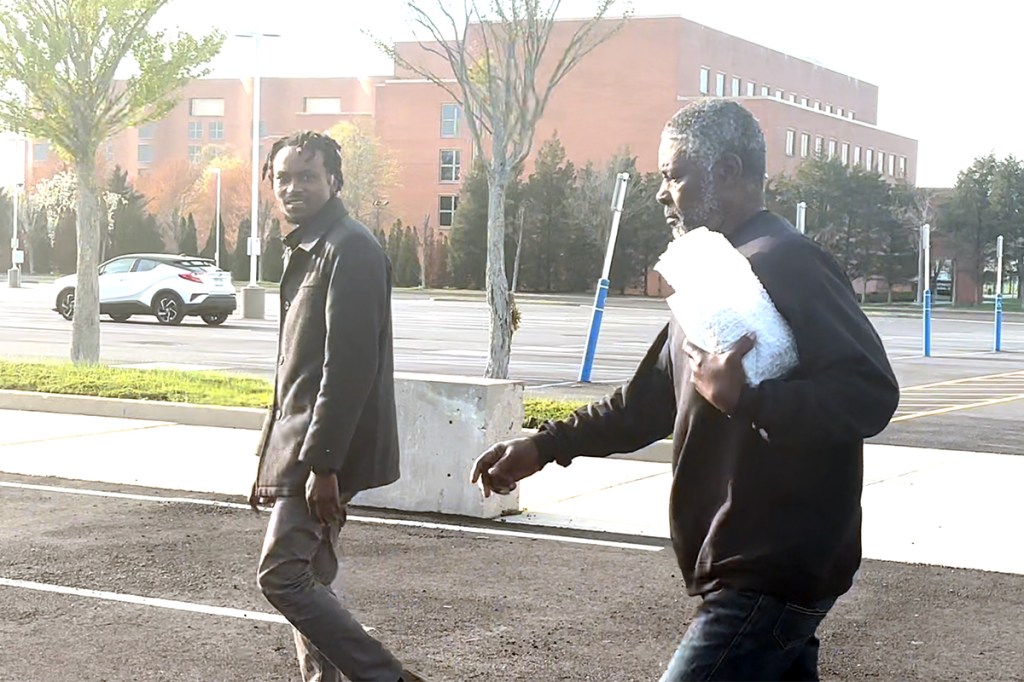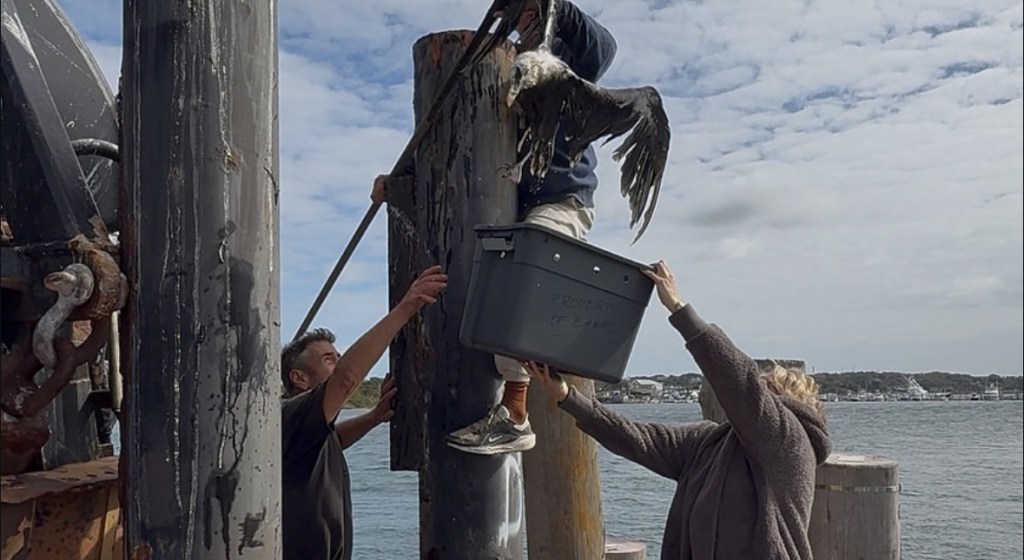Blue-Chip Bridgehampton Fine Art
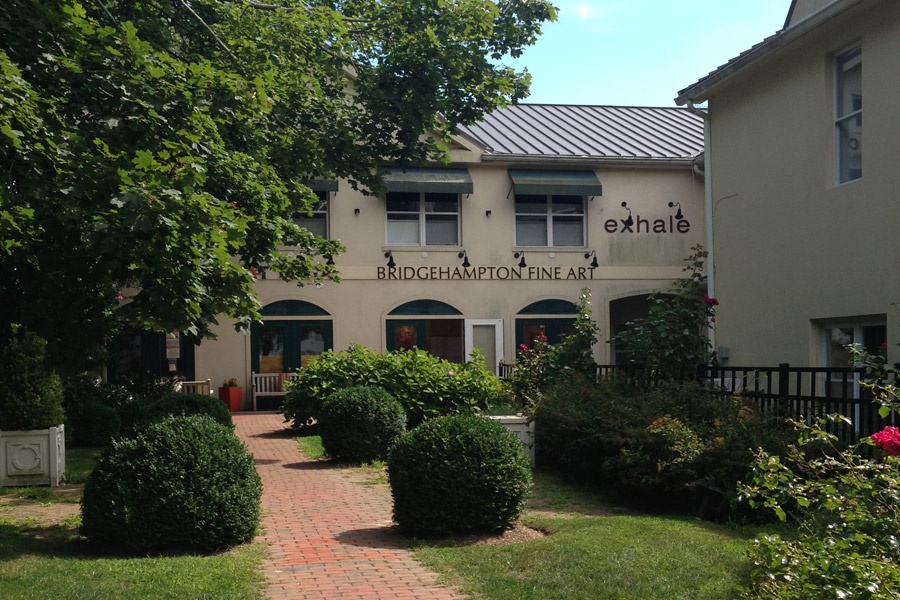
Bridgehampton has long been a crucial part of the East End art scene—from staples like Bobby Van’s, where artists and writers once gathered, to New York’s top art collectors and artists calling it home. Indeed, there is something very special about Bridgehampton: the mix of old and new, of quaint and upscale. Strolling down picturesque Main Street is like a journey through time; from Candy Kitchen, the old-fashioned ice cream parlor, to Bridgehampton Fine Art, a gem of an art gallery that opened in May of this year.
Tucked back from the road, down a flower-lined brick pathway, the gallery holds museum-quality artworks from some of the most well known contemporary and modern masters. You’ll be greeted by awe-inspiring infinity light boxes and a series of horse paintings by one of their popular contemporary artists, Danielle Procaccio, but don’t stop there. Behind the corner are important works by Willem de Kooning, Jean-Michel Basquiat, Sam Francis, Cristo, Louise Bourgeois, Ai Wei Wei and John Chamberlain.
De Kooning’s Untitled, 1968, is a large, colorful oil on paper mounted on canvas, painted at a pivotal moment in the Abstract Expressionist’s career, the year he began making bronze sculptures. While it nears the abstraction of his later work, there are still hints of the figure—his fleshy-pinks, in elongated forms, resemble the spread-limbed figures of other works on paper of that year and forthcoming bronzes, such as Standing Figure, 1969. Next to the oil is another work by de Kooning—a small charcoal on paper, Untitled (Two Women), 1964, similar to those shown at the MoMA retrospective in 2011 and in the museum’s permanent collection.
An intriguing Basquiat, Untitled (Max Roach), 1982, complete with the artist’s trademark text and codes, pays homage to the legendary jazz drummer Max Roach. The pictorial plane (foam core) is divided into two parts: a lower part painted in white, and a larger upper portion covered in black. Basquiat has drawn in a few boxes with a stick-figure high-hat, completing the drum set—the letters “MX.RCH” written next to it, and a ladder pointed upward to a haloed crown, a signature motif used to exalt his heros. Basquiat’s work presents an unending and complex puzzle, with areas to explore both in his biography and in the world that influenced and surrounded him.
In the corner of the gallery is an Ai Wei Wei sculpture, Watermelon, made of hand-glazed porcelain. The controversial human-rights activist and Chinese artist’s fascination with nature (London’s Tate Modern bought 10 tons of his porcelain sunflower seeds at £3.50 a seed), is explicit in the watermelon: It is nature, in it’s perfection, executed and replicated en masse by Ai’s mastery of the most traditionally revered form of Chinese art: porcelain.
A less delicate sculpture sits in the center of the back room: John Chamberlain’s Untitled, 1985, made of painted and chromium-plated steel, one year before as his major retrospective at the Museum of Contemporary Art in LA.
Bridgehampton Fine Art has plans to open a second Hamptons location and will continue to be bringing investment and collection-worthy artworks to the East End.
Bridgehampton Fine Art is located at 2415 Main Street, Bridgehampton. Bridgehampton Fine Arts will be exhibiting at the AVENUE Antiques Art & Design Show at the Armory from October 10 through October 13. The show is produced by our sister publication AVENUE magazine.
PARK AVENUE ARMORY: 643 PARK AVENUE New York City
